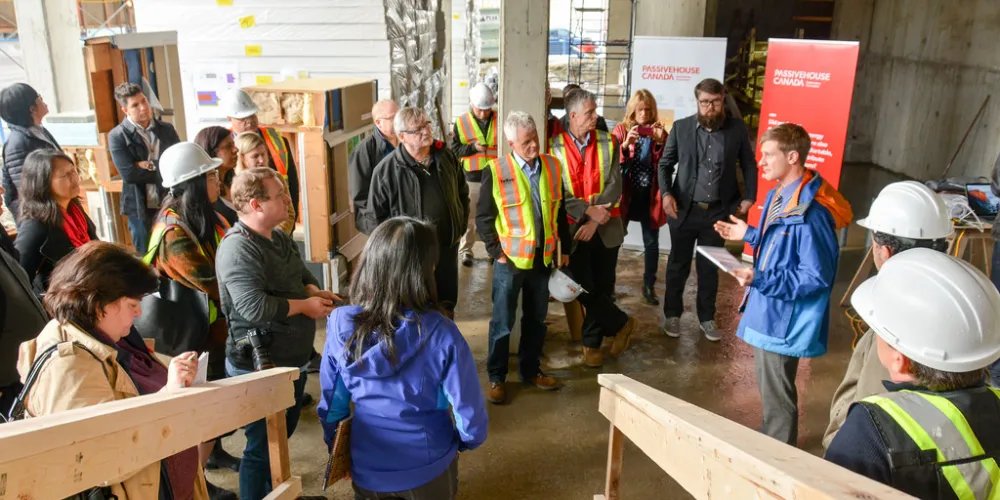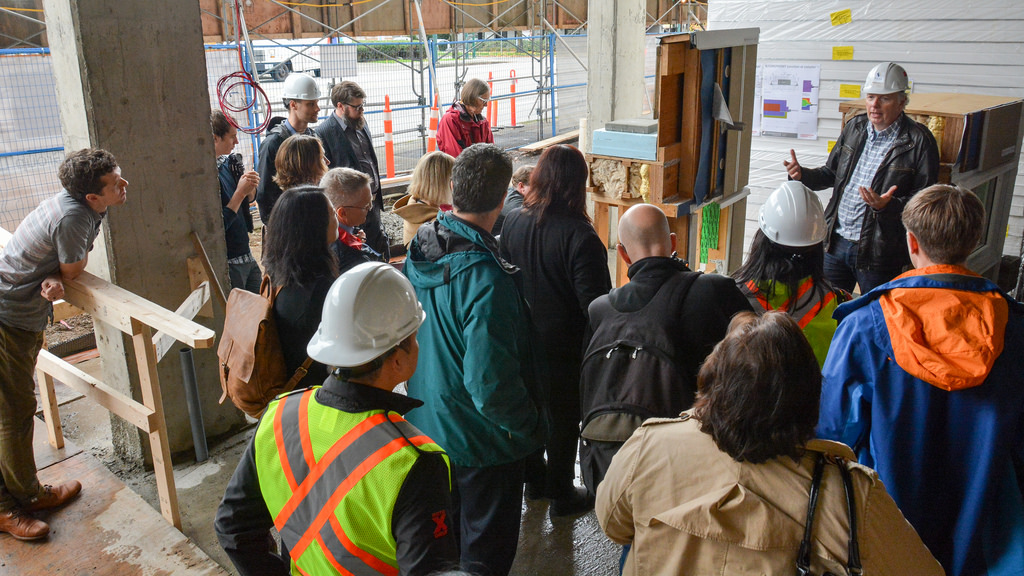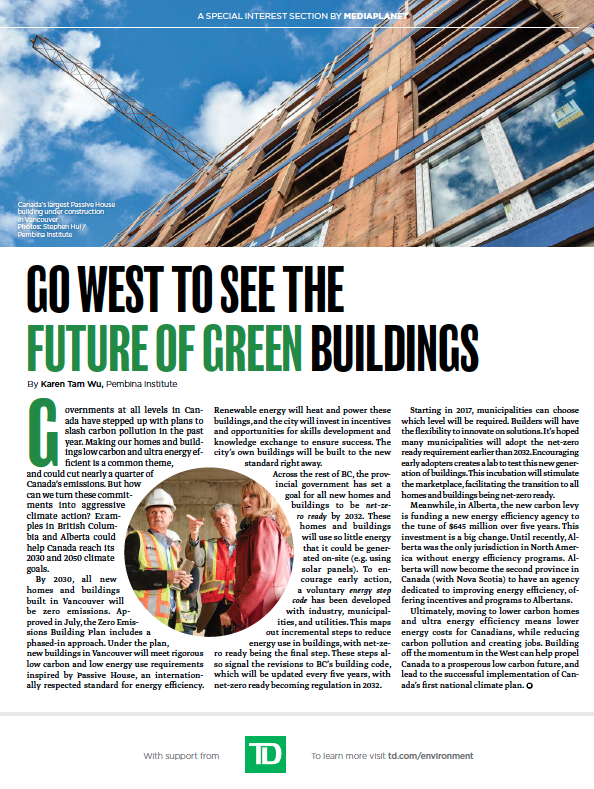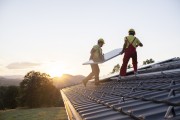Governments at all levels in Canada have stepped up with plans to slash carbon pollution in the past year. Making our homes and buildings low carbon and ultra energy efficient is a common theme, and could cut nearly a quarter of Canada’s emissions. But how can we turn these commitments into aggressive climate action? Examples in British Columbia and Alberta could help Canada reach its 2030 and 2050 climate goals.
By 2030, all new homes and buildings built in Vancouver will be zero emissions. Approved in July, the Zero Emissions Building Plan includes a phased-in approach. Under the plan, new buildings in Vancouver will meet rigorous low carbon and low energy use requirements inspired by Passive House, an internationally respected standard for energy efficiency. Renewable energy will heat and power these buildings, and the city will invest in incentives and opportunities for skills development and knowledge exchange to ensure success. The city’s own buildings will be built to the new standard right away.
Across the rest of BC, the provincial government has set a goal for all new homes and buildings to be net-zero ready by 2032. These homes and buildings will use so little energy that it could be generated on-site (e.g. using solar panels). To encourage early action, a voluntary energy step code has been developed with industry, municipalities, and utilities. This maps out incremental steps to reduce energy use in buildings, with net-zero ready being the final step. These steps also signal the revisions to BC’s building code, which will be updated every five years, with net-zero ready becoming regulation in 2032.
Starting in 2017, municipalities can choose which level will be required. Builders will have the flexibility to innovate on solutions. It’s hoped many municipalities will adopt the net-zero ready requirement earlier than 2032. Encouraging early adopters creates a lab to test this new generation of buildings. This incubation will stimulate the marketplace, facilitating the transition to all homes and buildings being net-zero ready.
Meanwhile, in Alberta, the new carbon levy is funding a new energy efficiency agency to the tune of $645 million over five years. This investment is a big change. Until recently, Alberta was the only jurisdiction in North America without energy efficiency programs. Alberta will now become the second province in Canada (with Nova Scotia) to have an agency dedicated to improving energy efficiency, offering incentives and programs to Albertans.
Ultimately, moving to lower carbon homes and ultra energy efficiency means lower energy costs for Canadians, while reducing carbon pollution and creating jobs. Building off the momentum in the West can help propel Canada to a prosperous low carbon future, and lead to the successful implementation of Canada’s first national climate plan.
This article originally appeared within a special interest section by Mediaplanet inside the December 19, 2016, issue of Maclean's magazine.









